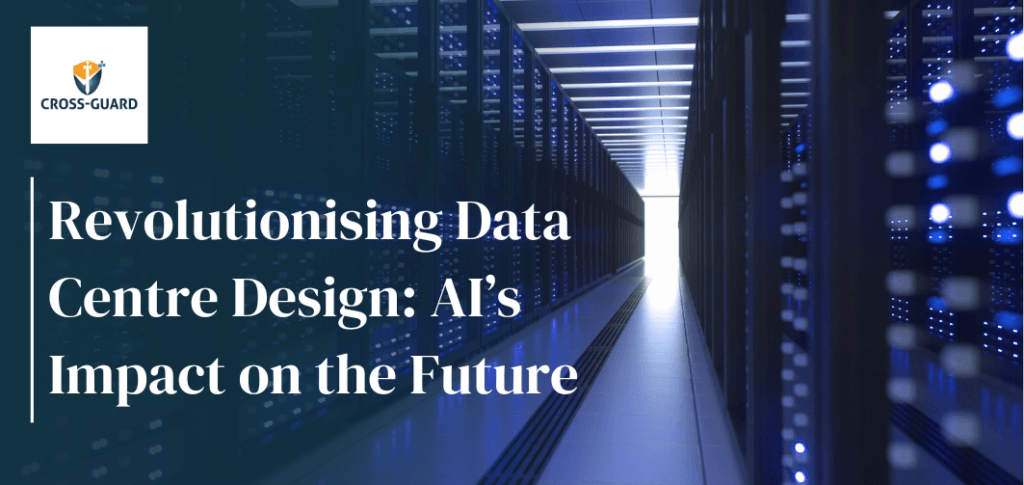Revolutionising Data Center Design: AI’s Impact on the Future

The emergence of artificial intelligence has brought significant changes to the design and functioning of data centres. With the growth of AI-powered systems and applications, data centres now face new challenges related to power density, heat rejection, and spatial requirements. To ensure optimal performance and efficiency, data centre operators must carefully consider these factors and implement appropriate measures to accommodate the demands of AI workloads.
Generative artificial intelligence (AI) is making modern data centres exponentially more power-hungry than ever before. And that has big implications for the design and operation of these mission-critical facilities, the pillars upholding our ever-evolving, global digital economy.
Data centre operators face numerous challenges when it comes to power design, distribution, quality, and environmental monitoring. Whether it’s adapting existing facilities or designing new ones, they need to keep up with the ever-advancing AI technologies to accommodate increasing power densities, changing hardware configurations, and dynamic workloads.
Do you remember the early 2010s when data centres used to require around 5kw per cabinet? Those days are long gone. With the integration of AI into data centres, power requirements have significantly increased. The projections show that by 2025, there will be a 50% increase in the power footprint of a traditional data centre.
Requests for data centre design are rapidly evolving to require power densities ranging from 34kW to over 50kW per cabinet as AI servers demand power levels several times higher than traditional servers to fuel advanced algorithms.
As the overall power consumption increases and demands for higher power densities grow, it has become crucial to maximise the rack power capacity and prioritise high-efficiency power systems. To meet these demands, future-ready intelligent rack power distribution units such as the Raritan intelligent PX4 PDU bring the necessary innovation and performance to enable increased power density demands.
It is well-known that downtime in a data centre can have a severe impact on its reputation and revenue. Power-related problems are the primary cause of downtime in data centres, which include power surges and harmonic distortion.
In modern times, data centres need to be designed in a way that they can handle increased workloads while taking up less space. It is essential to ensure that densely packed racks operate efficiently. This can be achieved by adopting innovative technologies that can overcome the challenges posed by high power consumption and complex operations related to Artificial Intelligence (AI). Such an approach is crucial for ensuring success and scalability in the long run.
SHARE

